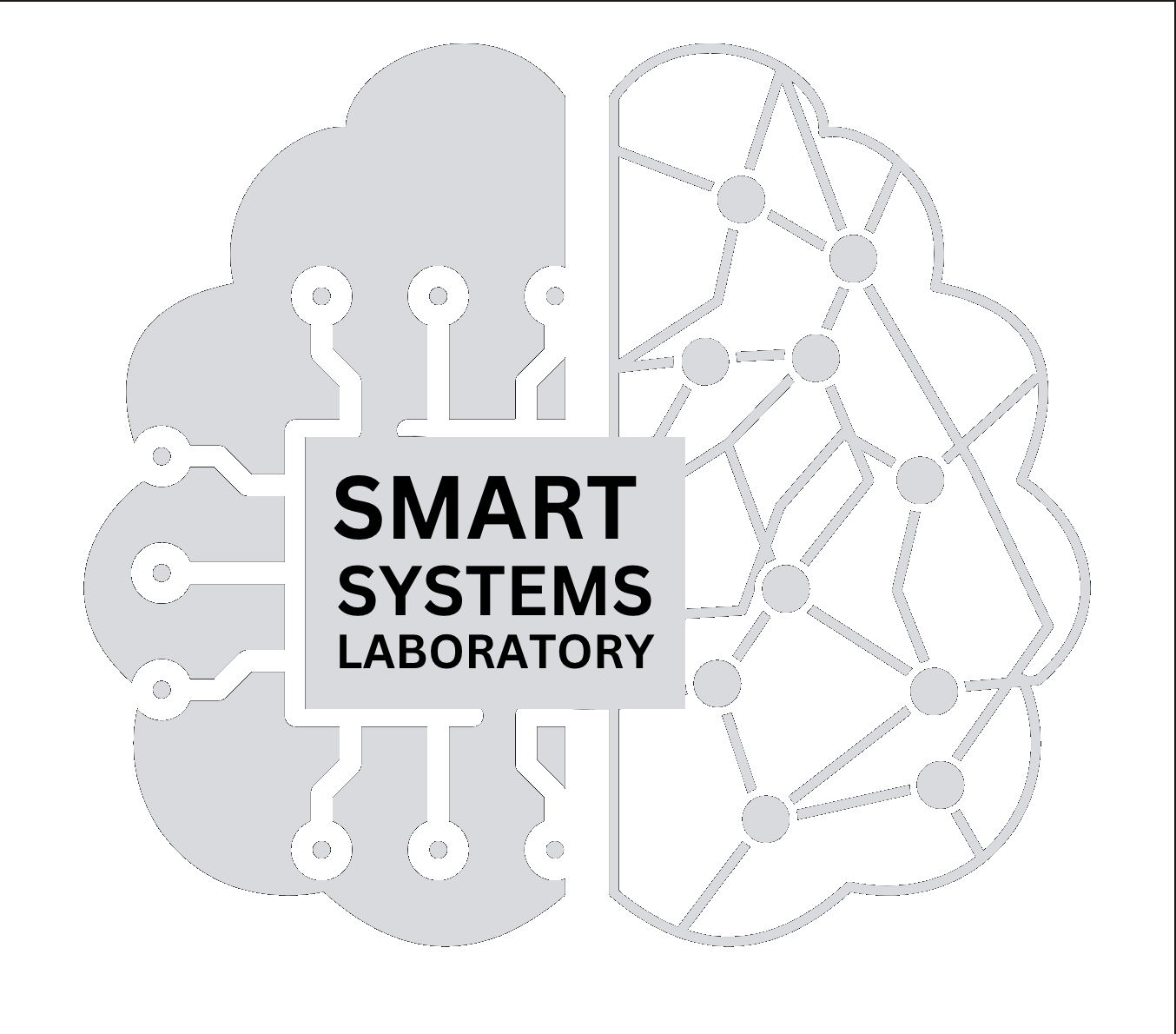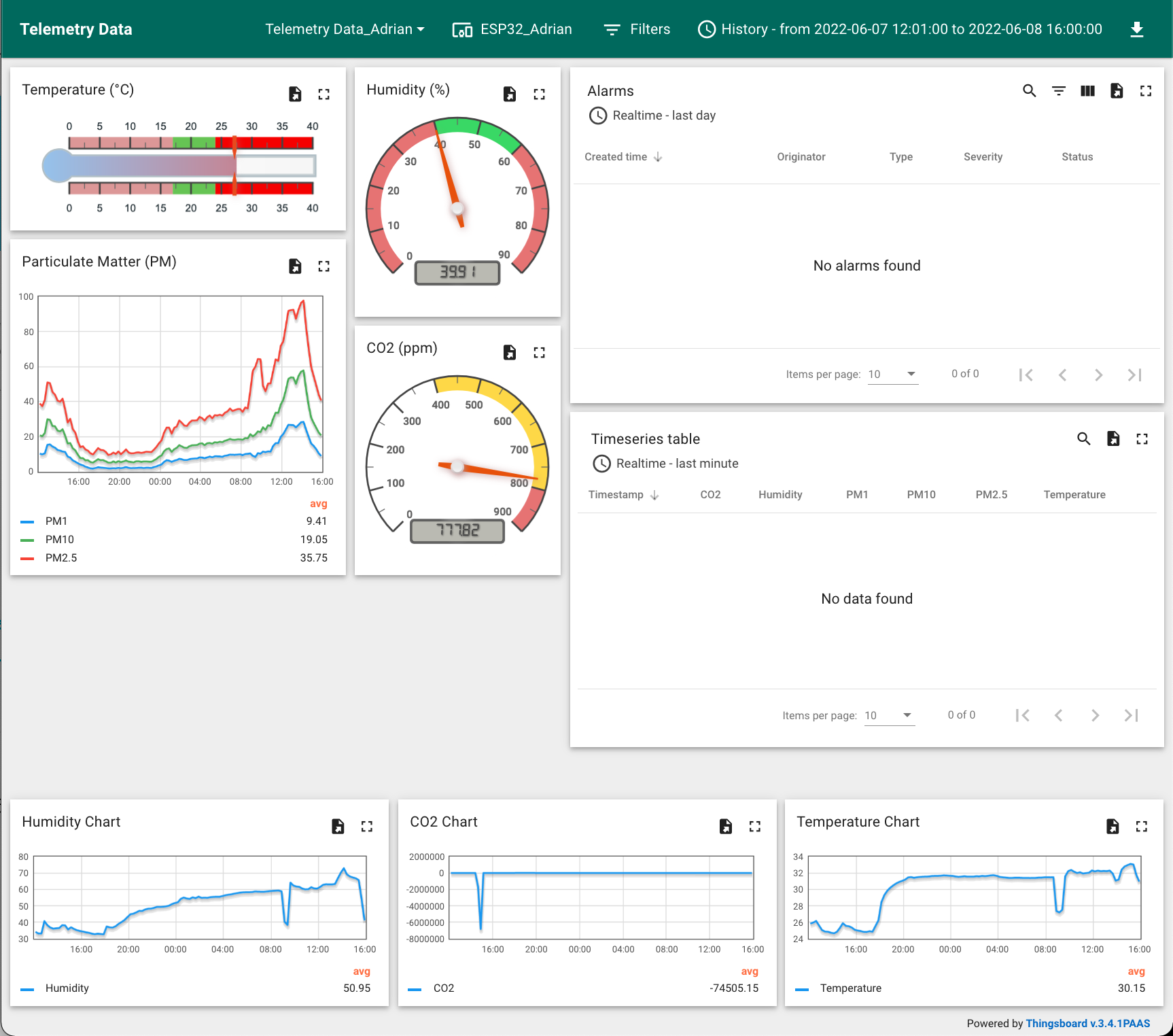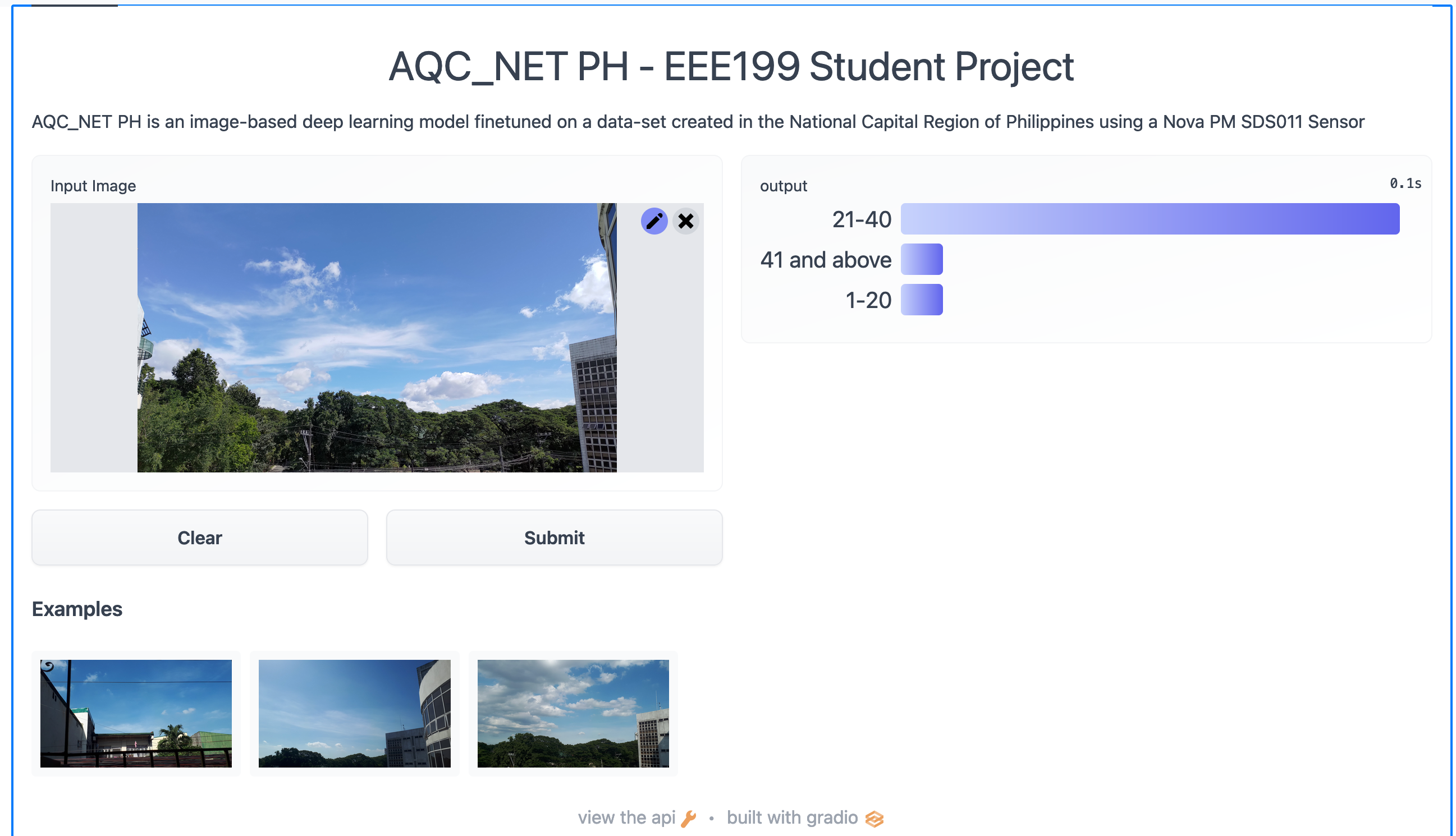Wide Area AQM using crowd sensing and LoRa

Carlo Miras, Isabel Austria, and Darvy Ong, “Self-Organizing Multi-hop LoRa Mesh Network for Wide Area Air Quality Monitoring”, IEEE TenCon 2022, Hongkong, China.
Abstract. Current LoRa technology does not fully support mesh networks. We adapted AODV mechanisms to develop a self-healing, multi-hop LoRa-based network protocol. We validated its performance on an air quality monitoring sensor network.

Ryan Izach C. Josue, Psalm David O. Lanoy, Axela Krizcheev A. Cabalhug, and Jaybie A. de Guzman, “Improving Wide-Area and Low-Cost Ambient Air Quality Monitoring through Opportunistic Crowdsensing and Data Preprocessing”, June 2022.
Abstract. This study addressed a few of the challenges in implementing an AQM system with low-cost air quality sensor units communicating with smartphones using Bluetooth Low Energy. A mobile application was developed to receive data from the sensors and upload it to a server. Measured data was preprocessed before transmission by implementing a compression algorithm on collected sensor data. The system implements opportunistic crowdsensing while minimizing transmission costs.
Indoor AQM

Kurt Jonas L. Adonis, Gwyn Rozette G. Escueta, Adrian D. Servera, and Jaybie A. de Guzman, “Internet of Things-based Approach in Monitoring Indoor Air Quality on a COVID-19 Perspective”, July 2022
Abstract. A low-cost indoor air quality monitoring system which measures parameters closely tied with COVID-19 transmission, such as PM 2.5, CO2, humidity, and temperature was developed in this study. Using ThingsBoard the system monitors real-time data and generates alerts when the parameters reach an abnormal threshold.

Melissa Jane Gervacio, Esel Nanci Heeler, Isabel Austria, Darvy Ong, and Jaybie A. de Guzman, “Designing an Affordable Real-time Air Quality Monitoring System for Medical Facilities using WSN”, July 2022.
Abstract. Air quality plays a crucial role in the day-to-day operations of a medical facility, and failing to monitor it may seriously affect the comfort, effectiveness, and safety of each of the inhabitants. This project used a wireless sensor network system to design an affordable real-time air quality monitoring system for medical facilities. The system monitors seven environmental parameters (i.e., temperature, relative humidity, carbon dioxide, carbon monoxide, particulate matter, volatile organic compounds, and pressure).
Image-based AQM

Harvey Daryll S. BernardoJervin Josh valencia, Darvy Ong, and Jaybie A. de Guzman, “Image-based air quality monitoring through deep learning using low-cost particulate matter sensors”, July 2022
Abstract. Recent studies have explored the utilization of low-cost and portable particulate matter sensors to obtain atmospheric data. Weather monitoring stations are usually scarce and have finite detection range, which makes data inaccessible and inaccurate. This project utilized Nova PM SDS011 sensors in creating the data set to compensate for the lack of publicly available monitoring station data by providing additional spatial variability and coverage using low- cost sensors. Over a set amount of time, sky images were gathered using mobile phones and the air quality index acquired from low-cost particulate matter sensors were recorded at specific locations. The image-based deep-learning model, AQC-Net, was trained using the locally gathered data set and sky images were categorized based on the estimated air quality index (AQI) interval predicted by the model and the results were compared with the actual AQI interval acquired from the sensors.
